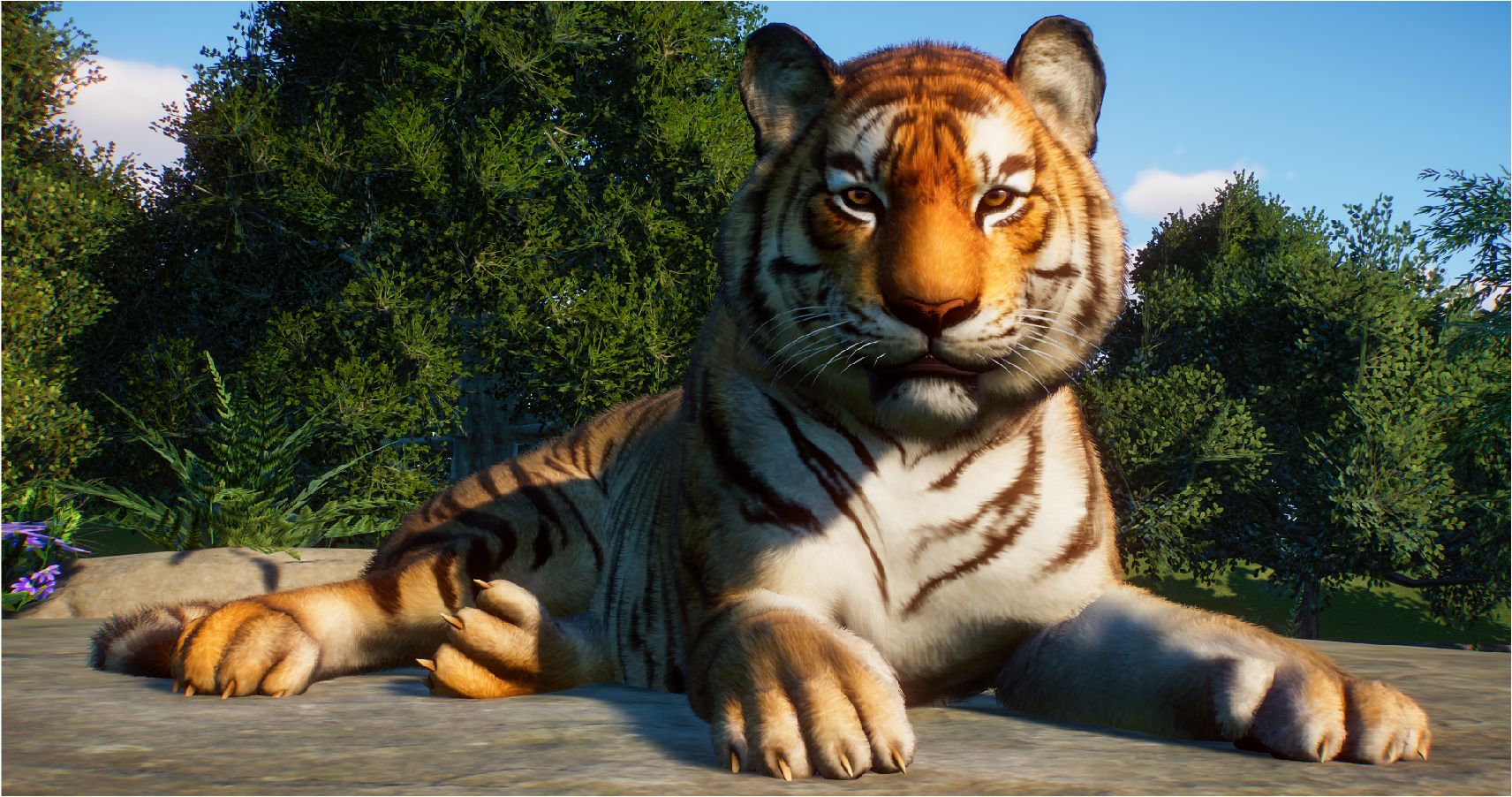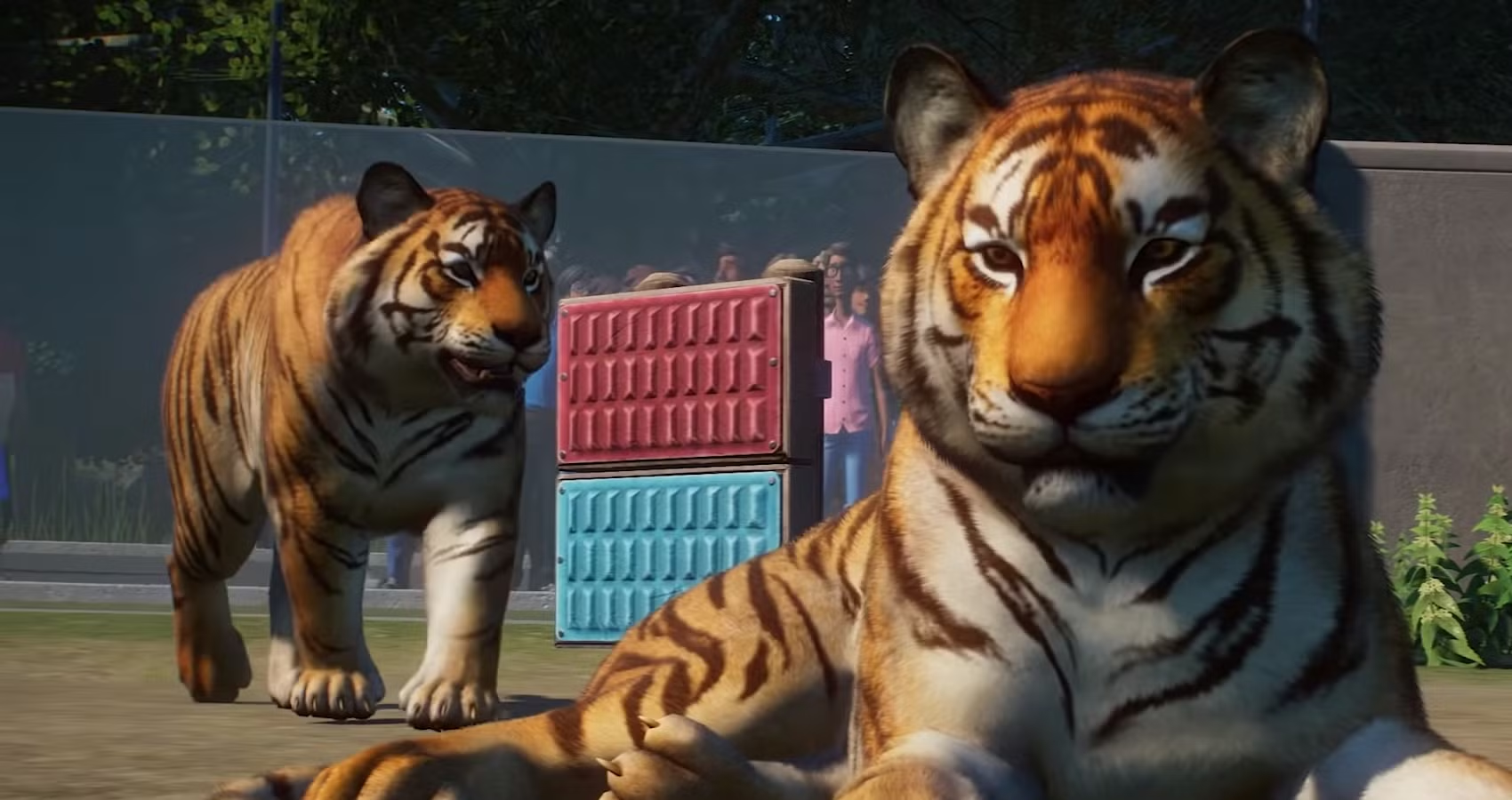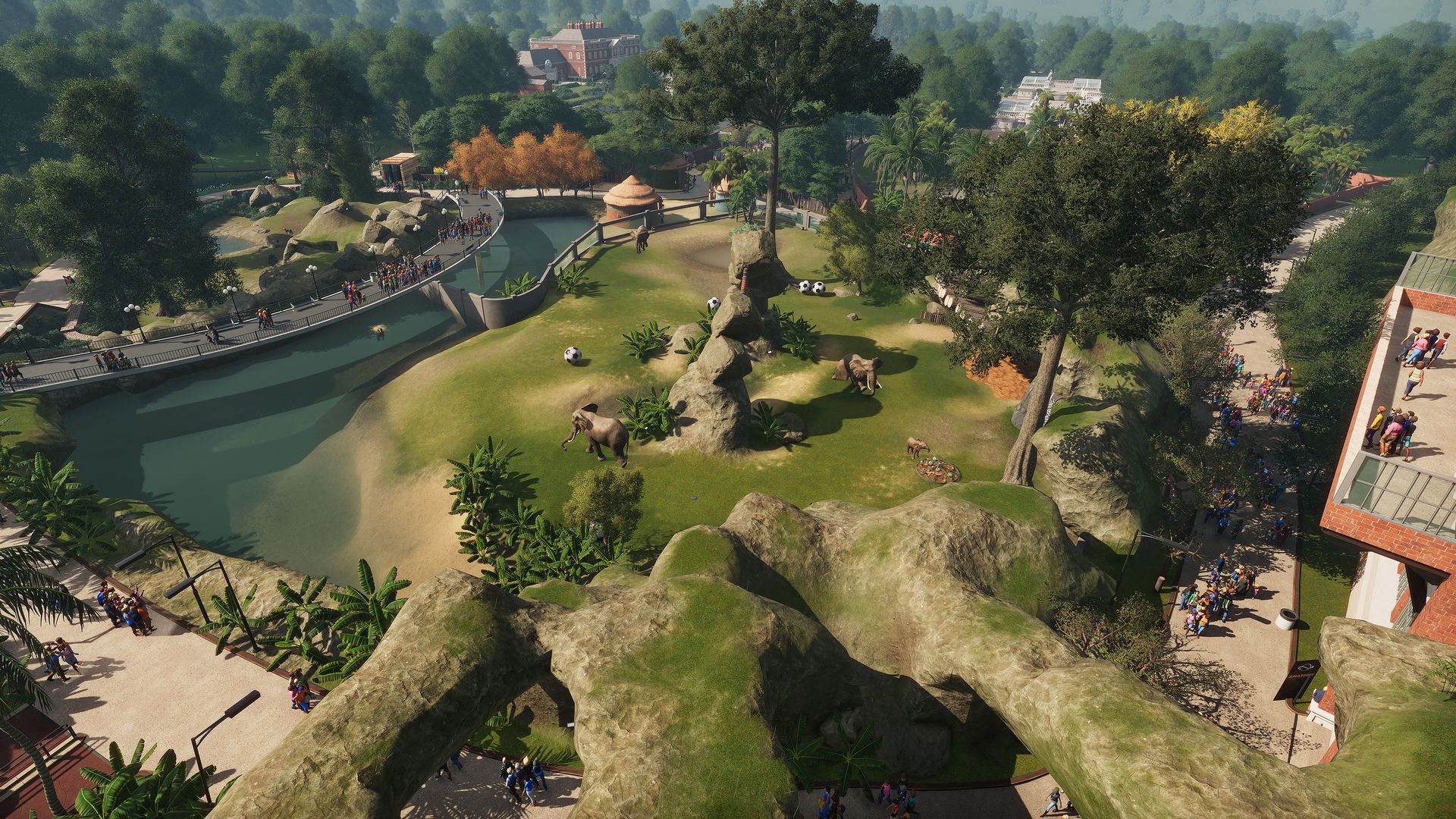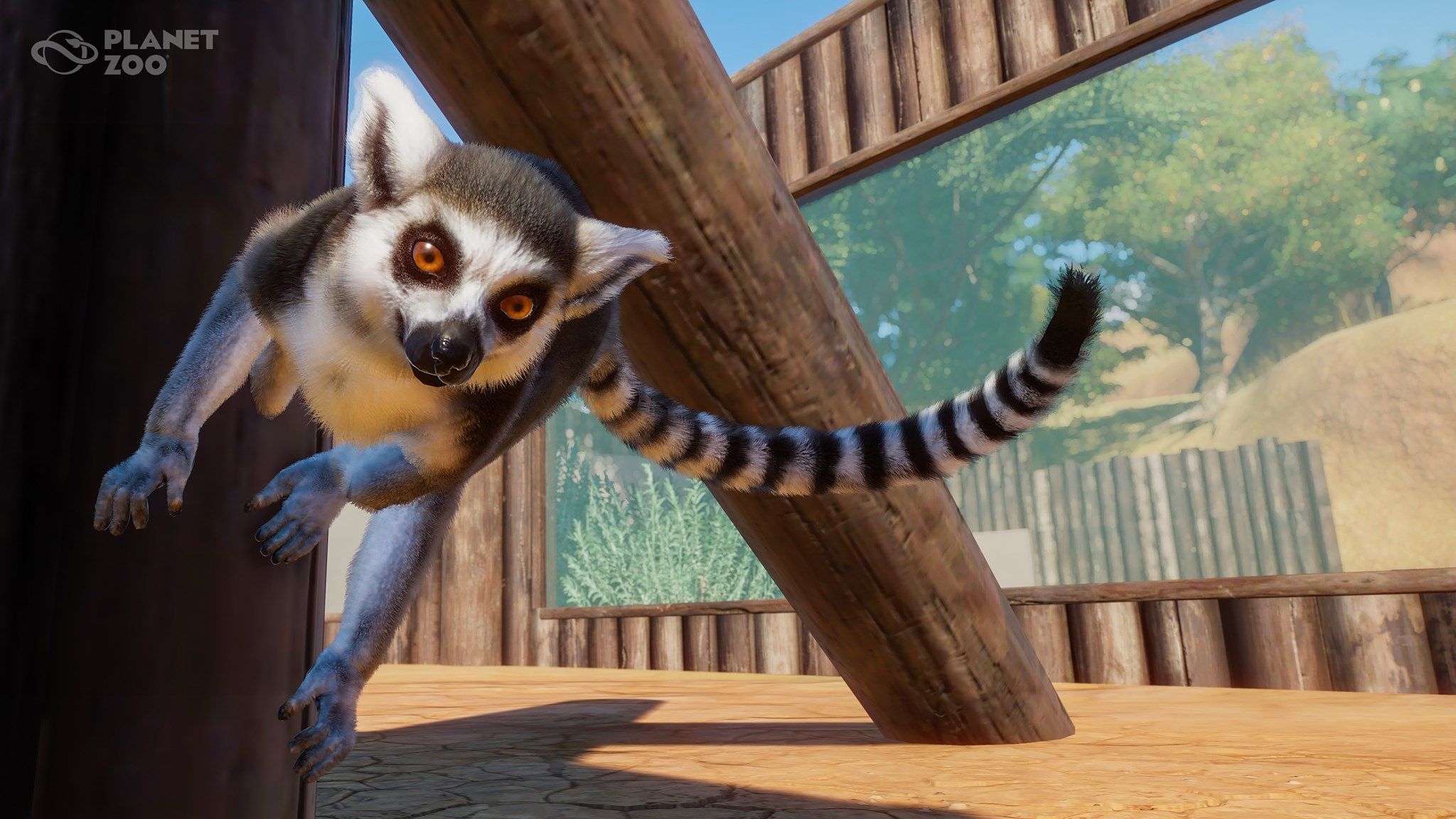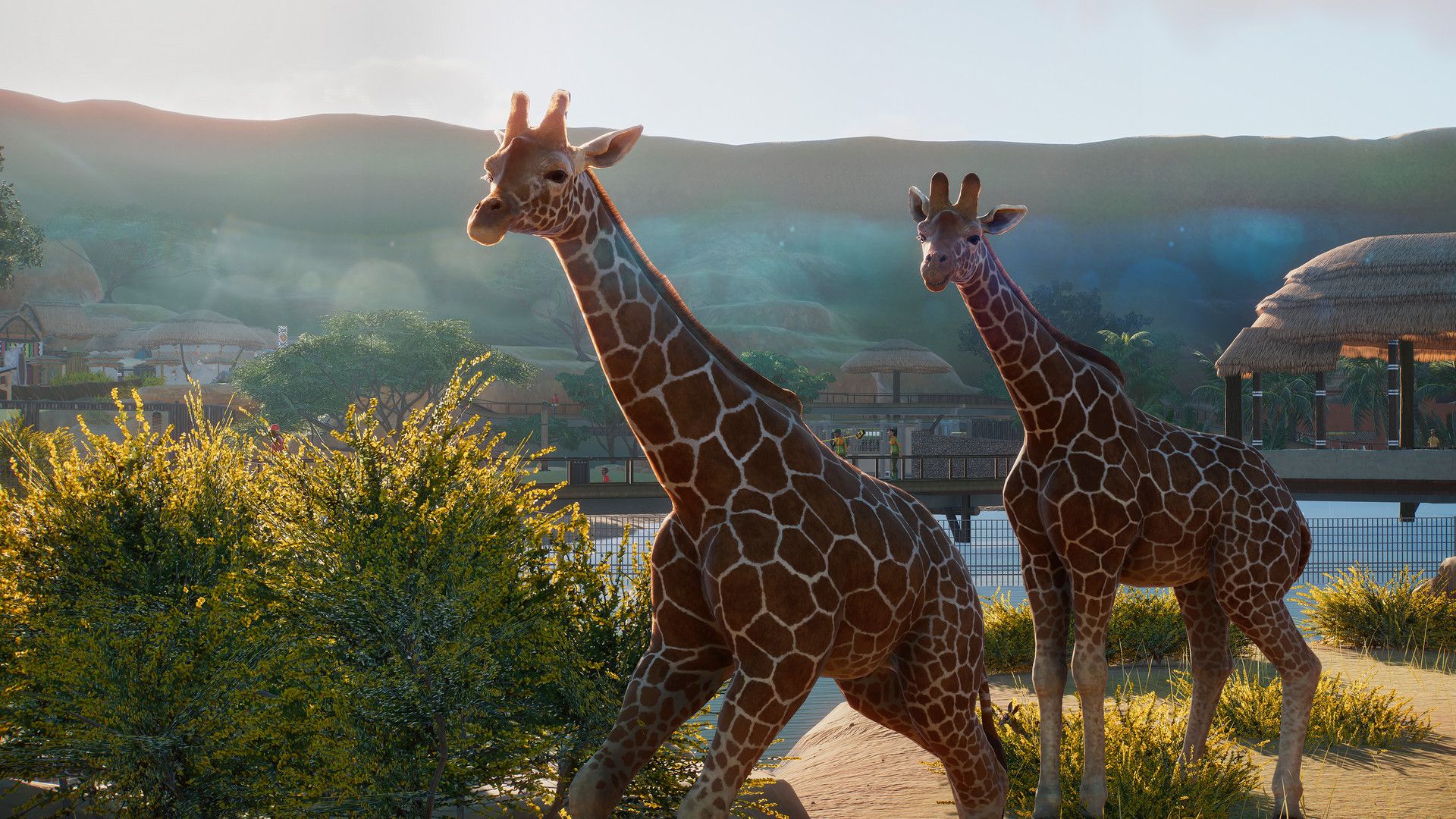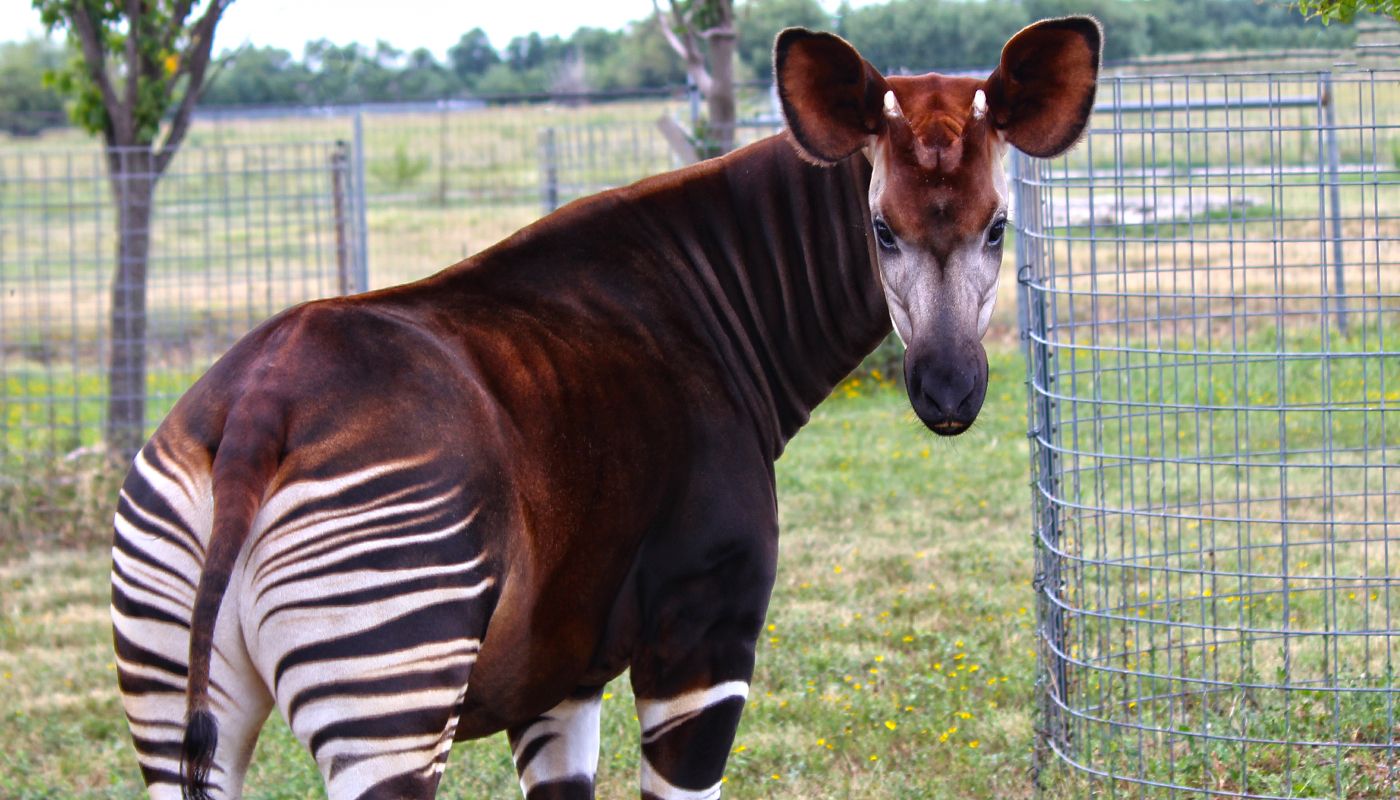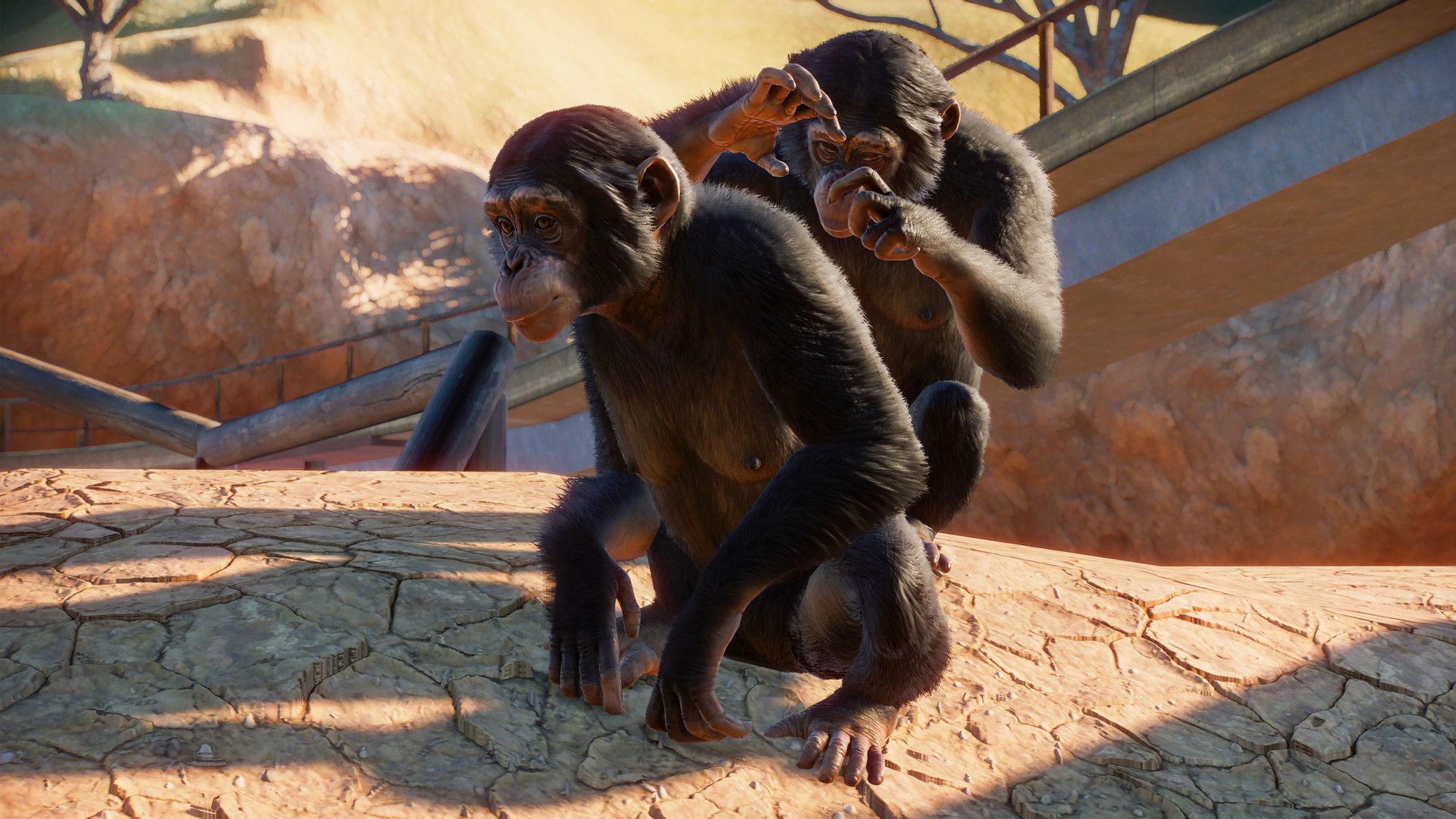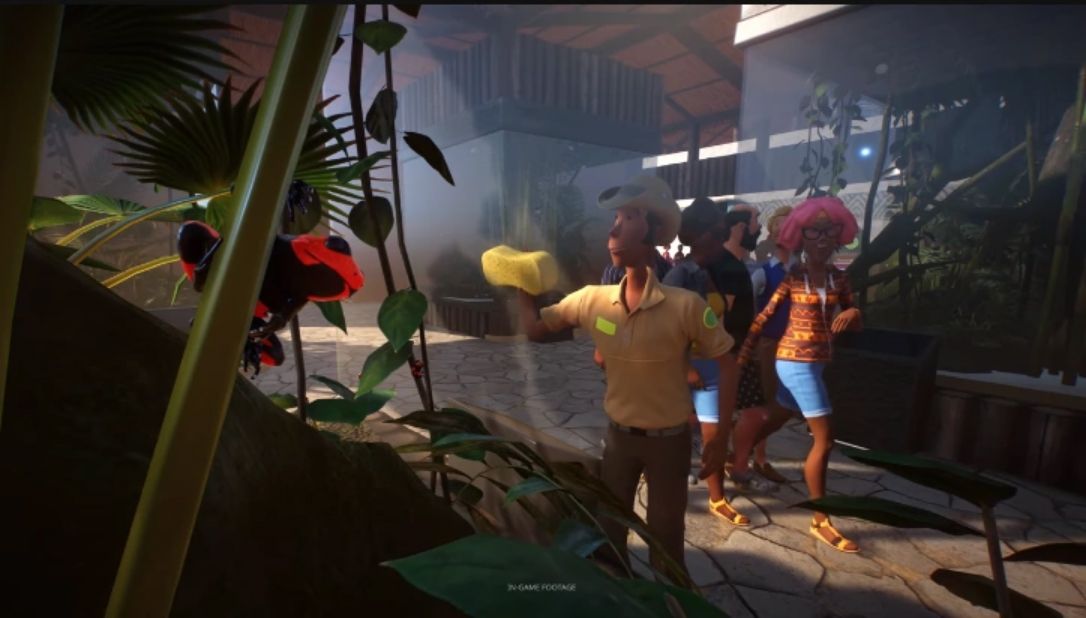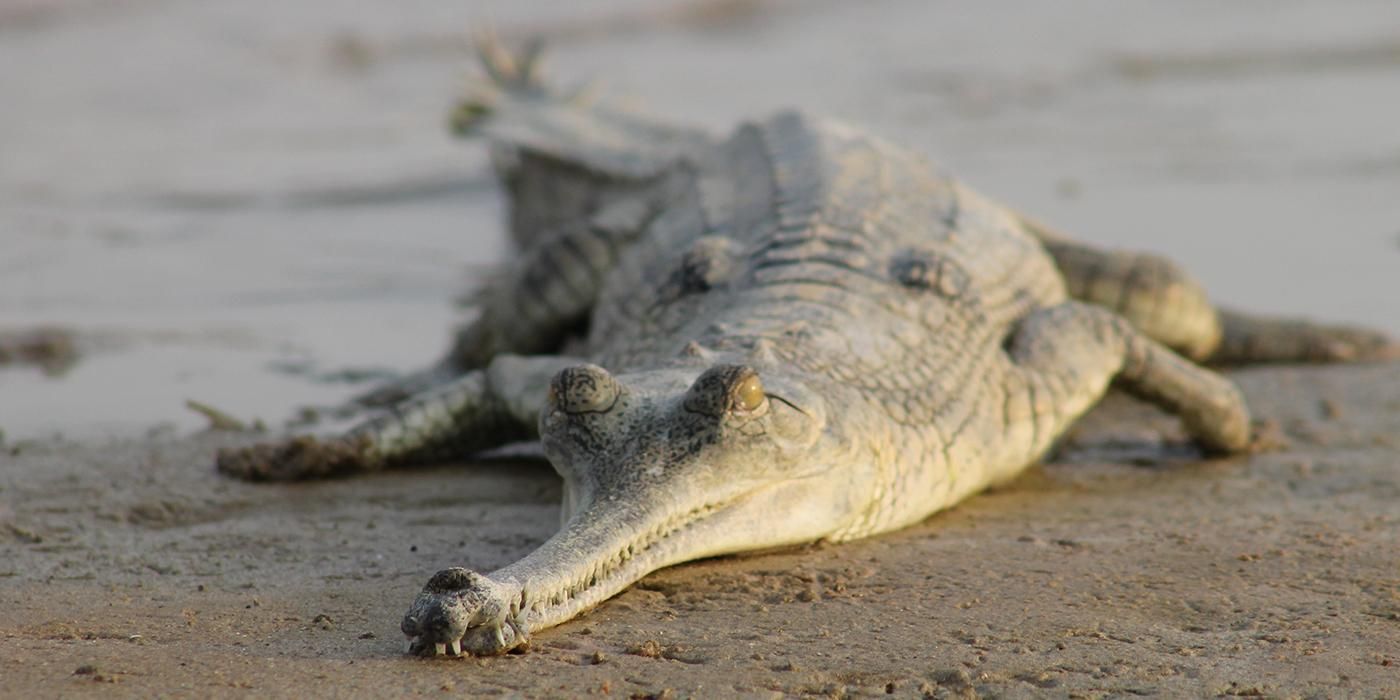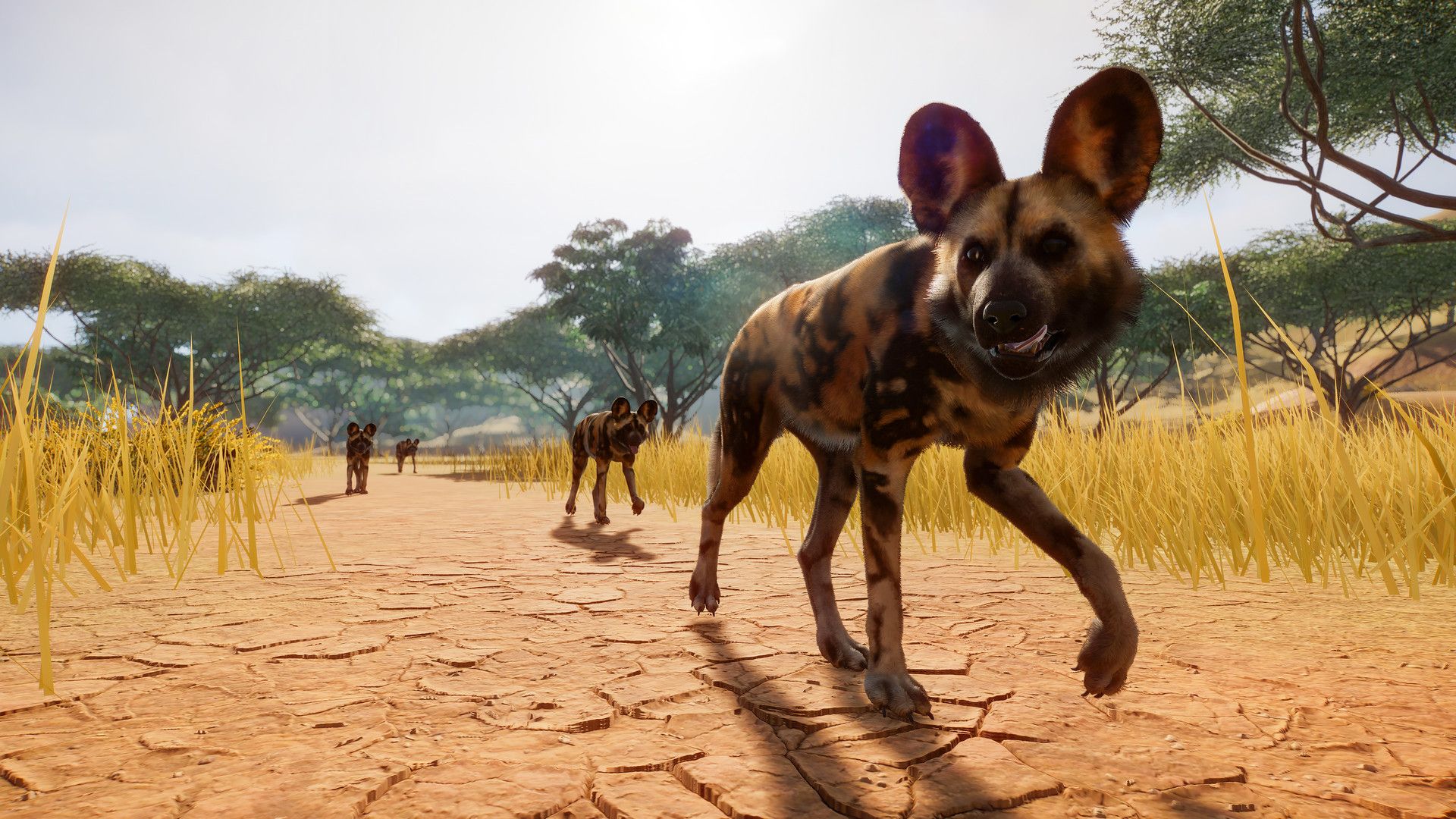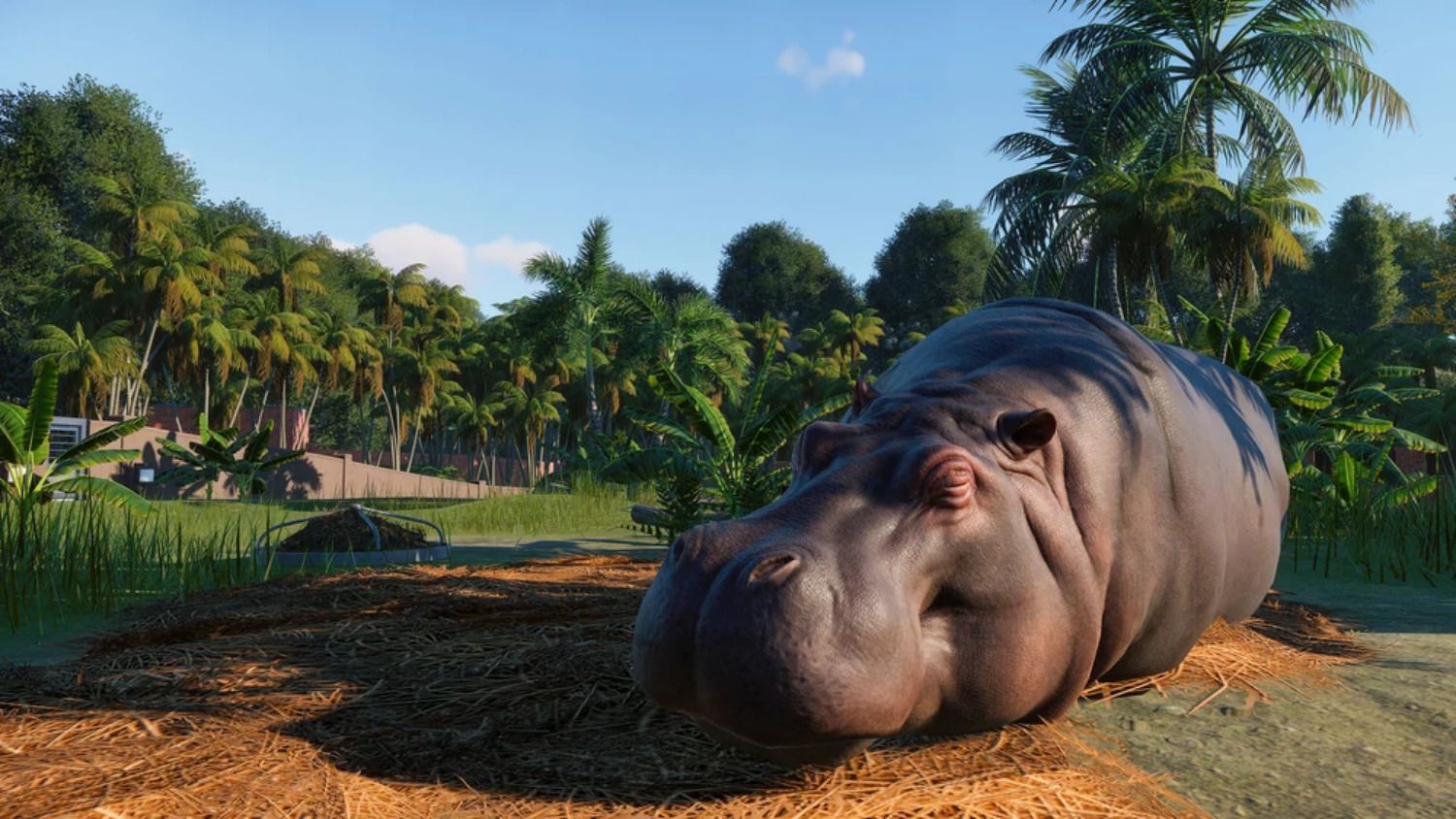Planet Zoo, coming November 5th from Frontier Developments, will put the player in the role of a zoo manager. They will be tasked with running everything in the zoo's day to day operations, from selecting animals to designing habitats to setting prices on concessions. However, in both real life and in this detailed simulator, one of the most important jobs of a zoo is to protect and study endangered species. The game's developers have spoken over and over about how important conservation is to Planet Zoo, and we know it will be an integral part of the game's story mode. Even months away from Planet Zoo's release, we know about 10 different endangered species that you can collect and protect.
10 Bengal Tiger
The Bengal tiger is one of the most iconic animals in the world. They are known for their striking orange-and-black fur, as well as for having the largest teeth of any big cat. This majestic look has earned it a spot as the national animal of both India and Bangladesh. Despite this status, poaching and habitat loss continue to be enormous threats, even in areas the tiger is protected. The total population of wild Bengal tigers has dropped to around 3000 individuals in the wild, with only a few hundred left in its namesake, Bangladesh. On a more positive note, Bengal tigers enjoy significant protection in zoos around the world, and many conservation efforts are ongoing.
9 Indian Elephant
The Indian elephant is another truly iconic animal from Southeast Asia. Due mainly to ivory poaching and habitat loss, it has experienced an extremely rapid decline. Over just the past three generations (about 75 years), the population of Indian elephants has decreased by half. Due to elephants' relatively long reproductive cycle, their populations are extremely vulnerable to poaching. Fortunately, governments have steadily increased protection and conservation efforts for the elephant, including a greater emphasis on improved treatment for captive elephants. You'll get a taste of this in Planet Zoo. Animal welfare is one of the primary measures of success.
8 Ring-Tailed Lemur
Ring-tailed lemurs have evolved to fit a very specific environment. Unfortunately, as that environment is destroyed, that makes them highly vulnerable. Their wild population has dwindled to around 2000 individuals. Still, they're unlikely to go completely extinct. These lemurs thrive in zoos, and their captive population has already outpaced their wild population, passing 2500 in 2009. Their high energy and playful, social nature make them fun for guests to watch too. If their natural environment on Madagascar can be properly preserved and protected, there's a decent chance that these leaping lemurs can make a comeback in the wild.
7 Reticulated Giraffe
Though there are several different species of giraffes, this is likely the one that most readily comes to mind. The reticulated giraffe is by far the most common type in captivity. The giraffe takes its name from the specific pattern of the brown, blocky pattern of spots that covers most of its body. This pattern makes it a coveted species for hunters and poachers, which have been a major factor in their population dropping below 10,000 in the wild. Zoos, on the other hand, have played a major role in conserving these beloved animals. Among other things, they have set up cameras to monitor the population, trained over one hundred local Kenyans to serve as guards, developed a database to track giraffe activity, and worked with park rangers to combat poaching.
6 Okapi
When someone says "giraffe," the okapi is probably the last species most people would think of. Still, this much shorter animal is in the giraffe family, not the zebra family as its stripes might appear to suggest. No one could blame you for being confused — it took European researchers years to even accept that the okapi was real, and then nearly a century to officially classify it as a relative of the giraffe. This scientific fascination has led to a wider interest in the general public, and dozens of zoos around the world exhibit, breed, and study okapi. Meanwhile, a protection and breeding program in their native Congo has helped support the wild population.
5 Western Chimpanzee
The western chimpanzee will undoubtedly be one of the most popular animals in Planet Zoo. The game's habitat-building features will allow players to construct environments uniquely suited to these energetic and intelligent climbers. Sadly, their real-world environments aren't doing as well. Despite a population of at least 20,000, western chimpanzees have been classified as critically endangered due to the extremely rapid loss of habitat they're undergoing. The chimpanzee once could be found across most of Western Africa, but they have now become extinct in multiple countries. Still, they do well in captivity, and should hopefully be preserved until better protections are in place.
4 Lehmann's Poison Frog
This little frog could easily be one of the greatest attractions in your reptile house, thanks to their bright coloration. But these tiny creatures, measuring little more than one inch, are among the most dangerous in Planet Zoo. In the wild, they secrete a toxic substance that can cause intense swelling, and even potential paralysis if handled carelessly. It's a tactic in nature known as aposematic coloration, which serves to warn potential predators of the dangers of eating them. Still, this coloration does little to protect them from poachers and illegal farmers, who have devastated their wild populations. The remaining frogs live in an area that covers only about 4 square miles (10 sq. km).
3 Gharial
If the previous entry was about unexpected danger, the gharial is the polar opposite on every account. This massive crocodilian is among the largest of its family, coming in at up to 20 feet (6 m) in length and averaging 350 lbs (160 kg). It tops that all off with a long snout packed to the brim with long, sharp teeth. The gharial looks like a monster, but it would never hurt you. Everything about it is optimized to catch fish and other sea creatures. The snout is long so it can move quickly, and the teeth act as thin spikes that pierce deep into fish to prevent them from escaping. In truth, humans are a greater threat to it than it ever will be to humans. Its population has dwindled to an absolute maximum of only 900 individuals, 500 of which are adults.
2 African Wild Dog
Though lions, cheetahs, and other big cats may be more recognizable, there's hardly a better hunter in all of Africa than the African wild dog. They have by far the highest success rate, at 60-90% (compared to about 30% for lions). On an individual level, they're designed well for hunting. They have some of the largest teeth of any canids, to help grab on and damage much larger prey, along with relatively bulky builds to help take a few hits too. But their real advantage is their social behavior, a mechanic confirmed for Planet Zoo. The reason for their success rate is their strong focus on community and teamwork. They work together to bring down prey, defend their kills, and even protect each other from larger animals like lions and hyenas.
1 Pygmy Hippopotamus
From the outside, a pygmy hippopotamus is little more than a regular hippo downsized by about 50%. Analyzing its behavior however, can help explain its endangered status. Pygmy hippos are mostly solitary, leaving them more vulnerable to predators. They also tend to spend much more time in the water to regulate their body temperature, but eat nothing in it, requiring them to travel on land for food. This means that they need copious amounts of both land and water to live comfortably, and are therefore extremely vulnerable to loss of habitat. Fortunately, they've responded well to being raised in captivity, regularly reaching ages of over forty years. It's worth noting that the pygmy hippo is a pre-order bonus for Planet Zoo, so keep that in mind if you're hoping to add them to your collection.
Planet Zoo will release on Steam on November 5, 2019. The standard edition will retail for $44.99.

